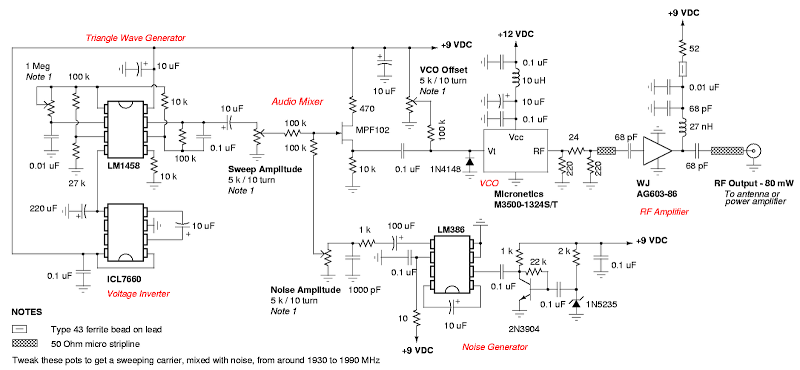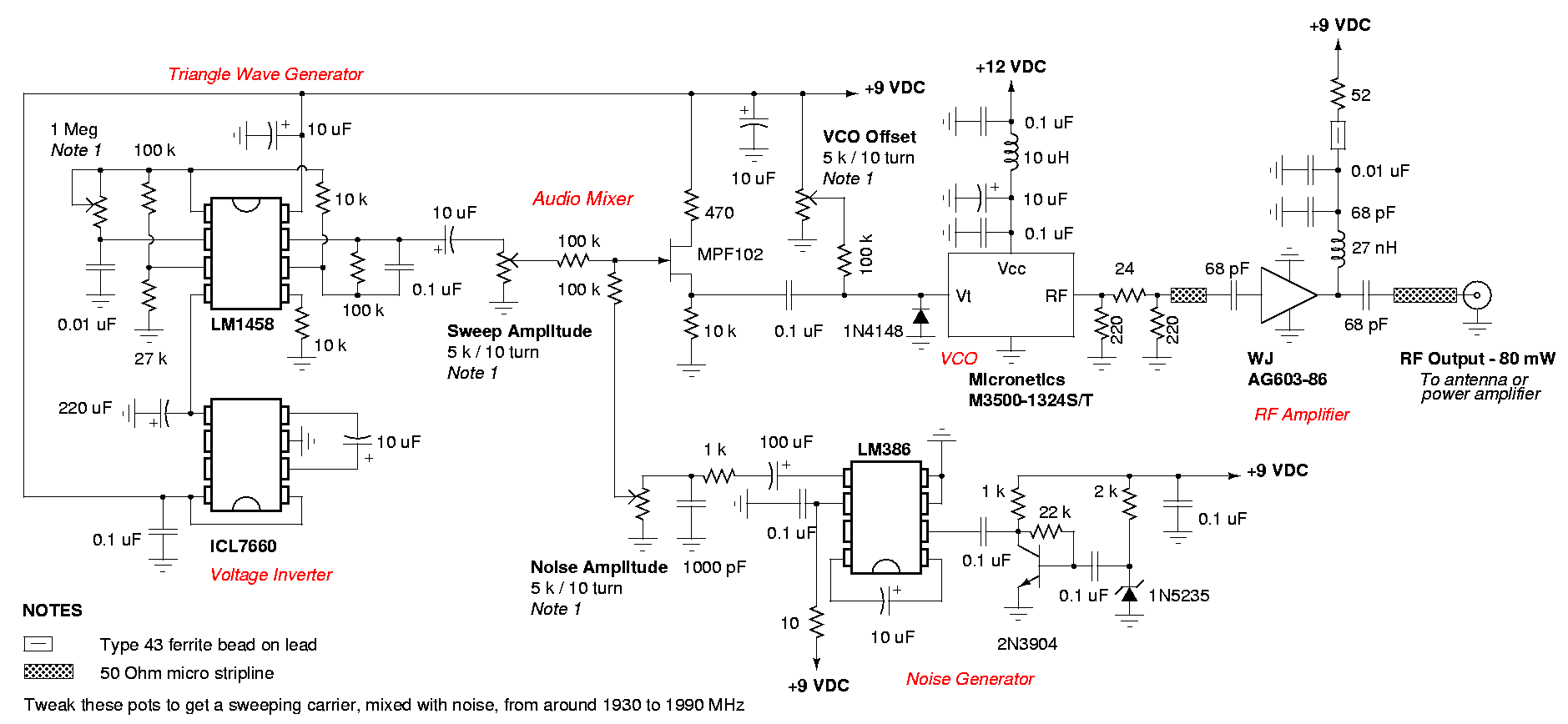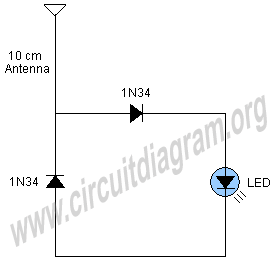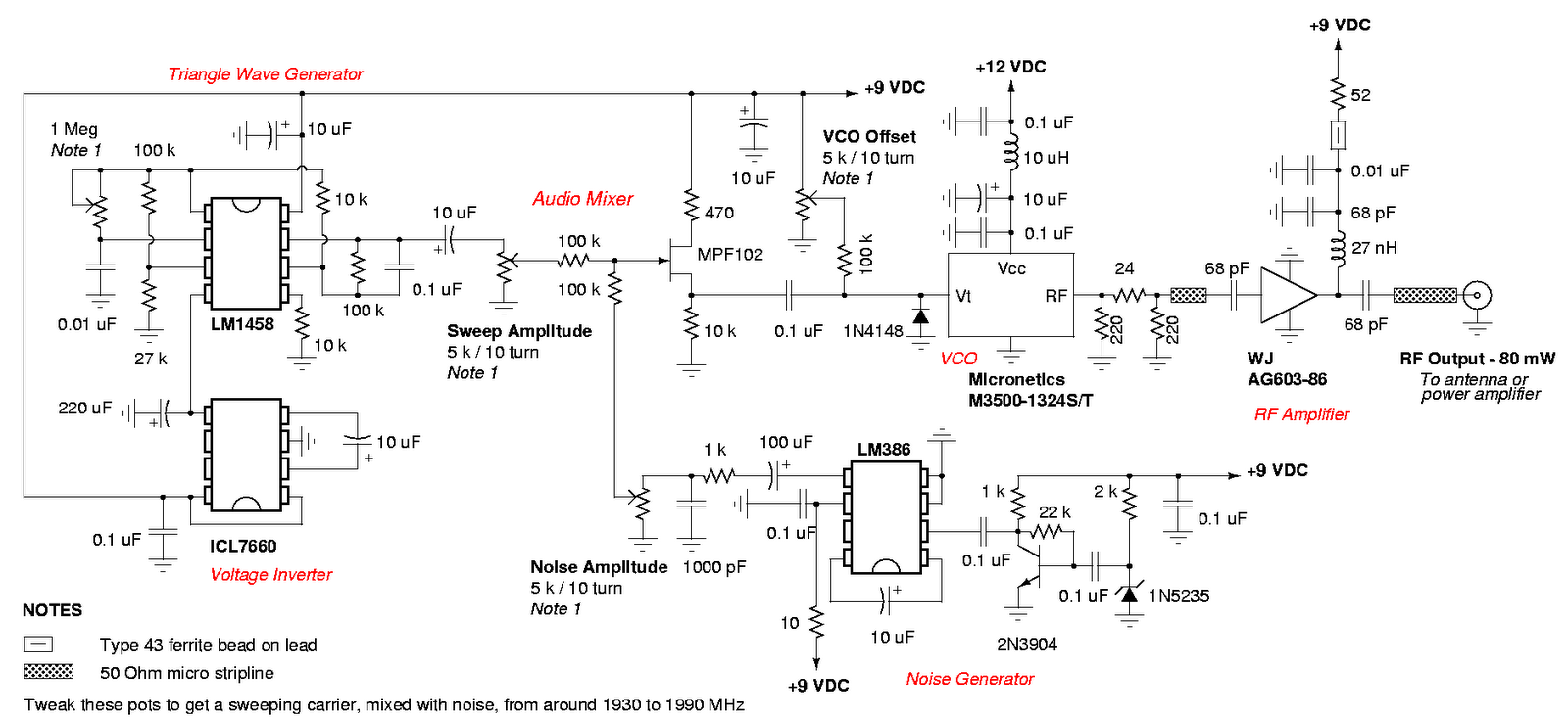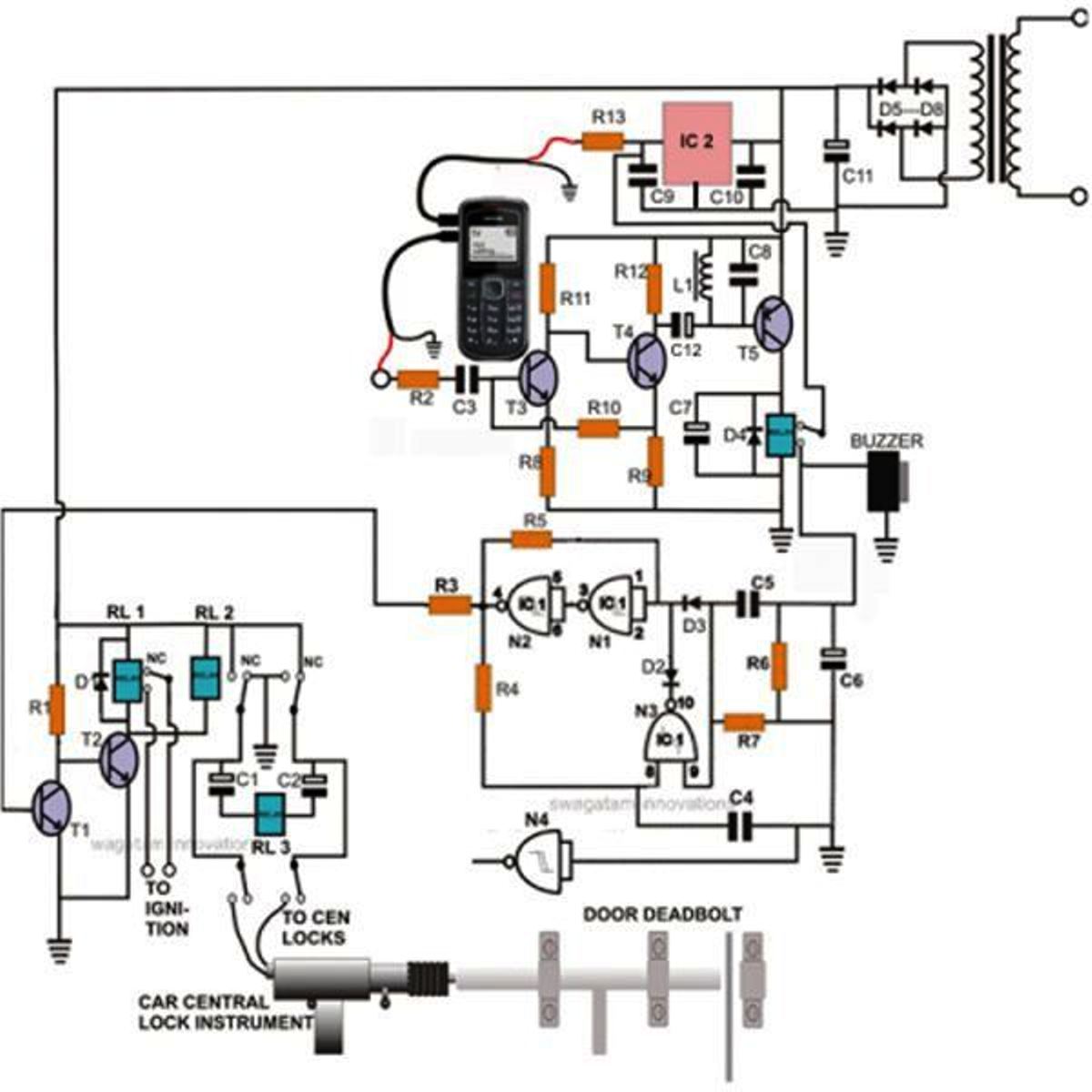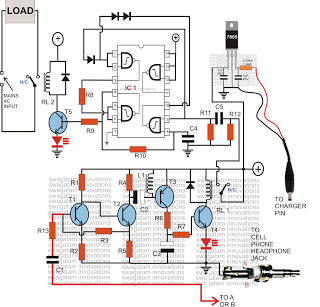
cell_phone
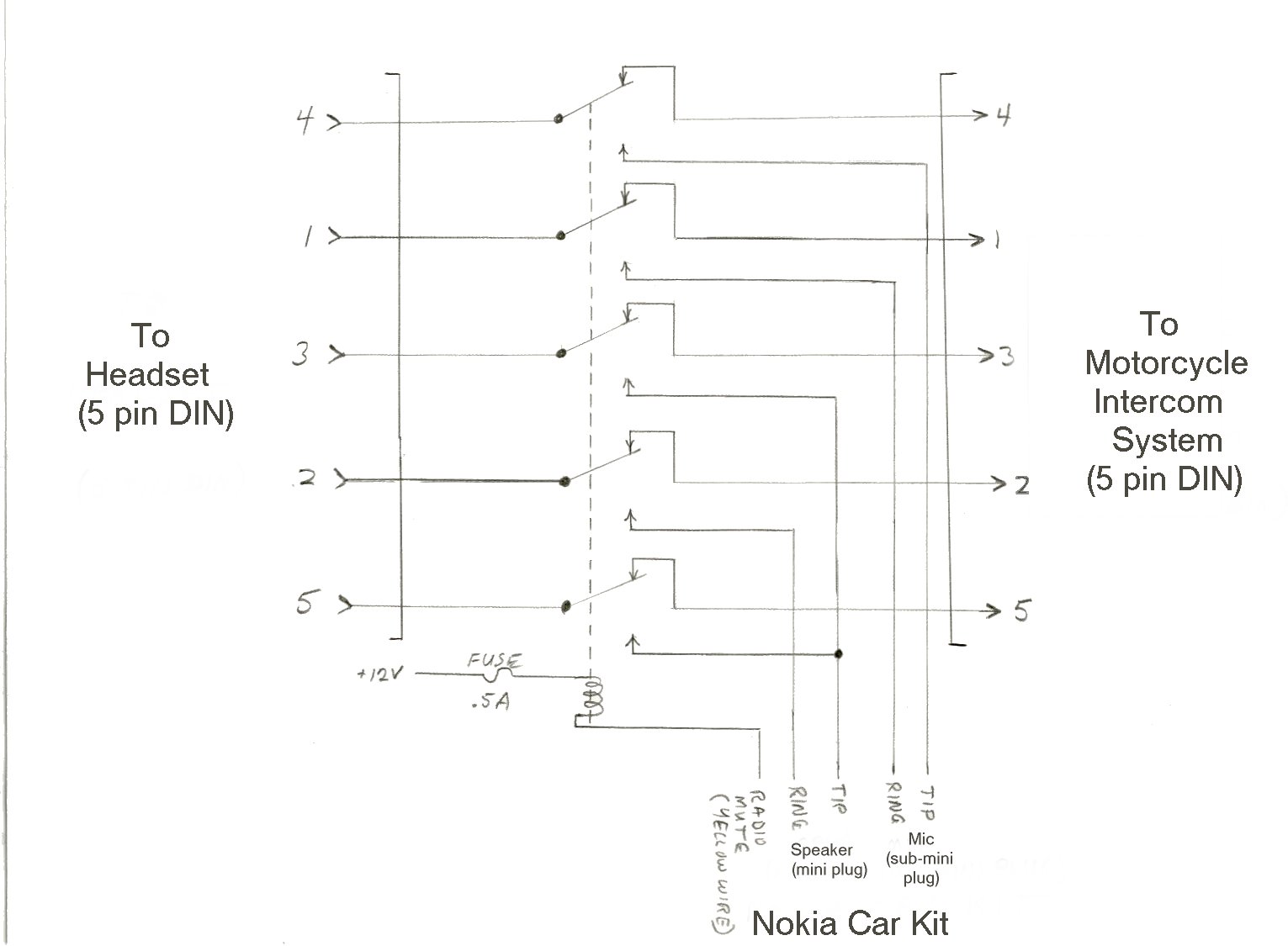
At the time of observation, several units were available on the market, none of which were appealing due to their dependency on specific phones or the requirement for permanent mounting on bicycles. The Kennedy unit, priced around $79.00, was advertised as a universal option (with certain limitations), compact, and easy to install. A new Nokia 6185 phone was recently acquired. The Kennedy set is designed to connect to a phone equipped with a sub-mini stereo jack. The Nokia utilizes a plug-in device that connects to the bottom of the phone, providing the necessary jack. The Kennedy Set was purchased along with a small interface, a car mount, and a charger that connects to a cigarette lighter. Installation involved integrating the Kennedy unit in-line with the existing intercom cord, which functioned effectively. This setup allowed for worry-free riding without the need to check for phone notifications. The Kennedy unit was noted for its robust quality, being waterproof and durable, and it interfaced seamlessly with the intercom system without causing any interference. However, two drawbacks were identified: the lack of an audio level adjustment for individual phones and the absence of a dust boot cover for the interface cord, leading to concerns about water exposure during bike washing. Kennedy indicated that improvements were in progress, including an audio adjustment feature in their second-generation interface, although the dust boot cover was still not included. Over time, the inconvenience of unplugging the interface and power cord to avoid losing or damaging the headset adapter became frustrating. Nokia offered a Car Kit priced between $100.00 and $175.00, which included a cradle and an interface unit that charged the phone and provided connections for an external speaker and microphone. An attempt was made to integrate the CellSet with this unit by hardwiring a hands-free adapter, which worked satisfactorily until the introduction of the Wong CellSet. The Wong unit, created by an individual from Taiwan, served a similar purpose as the Kennedy and was priced at $30.00, making it an attractive option. Upon installation, the Wong set performed almost as well as the Kennedy, featuring an audio adjustment but was slightly larger. It exhibited an oscillation sound, causing choppy conversations due to rapid switching between the microphone and speaker. Following the transition to the carkit, interest in mounting cell phones on motorcycles surged, leading to the involvement of Carroll Walker, an experienced HAM radio enthusiast and member of the Motorcycling Amateur Radio Club. Carroll, known for his expertise in electronics and audio equipment, designed his own interface unit compatible with the Nokia carkit. He provided detailed information for his design and assisted others in ensuring proper functionality. Carroll's design differed from the Kennedy and Wong units in that, while it interfaced with the intercom, it did not operate through it.
The Kennedy and Wong interface units exemplify the evolution of motorcycle communication technology, particularly in the integration of mobile phones. The Kennedy unit's design focuses on compatibility with various phones through a sub-mini stereo jack, allowing for easy installation and use with existing intercom systems. The rugged and waterproof construction ensures durability during outdoor use, which is essential for motorcyclists exposed to varying weather conditions.
The integration of audio adjustment features in subsequent designs, such as Carroll Walker's unit, reflects the growing demand for customizable audio experiences among users. The ability to adjust audio levels for individual devices enhances user satisfaction and ensures clear communication during rides. The absence of a dust boot cover in earlier models highlights the importance of considering environmental factors in product design, as exposure to moisture can lead to performance issues over time.
The competitive pricing of alternative units, such as the Wong CellSet, demonstrates a market trend toward affordable solutions for motorcyclists. This trend encourages innovation and variety in product offerings, catering to a diverse range of consumer preferences and budgets.
Overall, the development of these interface units illustrates the intersection of technology and user needs in the motorcycle accessory market, paving the way for future advancements in communication systems that prioritize user experience, durability, and functionality.At the time I saw this there were a couple of units on the market. Non of which interested me because it locked you into a specific phone, or required the phone to be permanently mounted on the bike. The Kennedy (at about $79. 00) was supposed to be universal (with some limits), small and easy to install. I had just purchased a new phone a Nokia 61 85. The Kennedy set is designed to plug into a phone that has a sub-mini stereo jack. The Nokia uses a plug in device that plugs into the bottom of the phone and has the jack on it. I purchased the Kennedy Set, the small interface, a car mount and a charger that plugs into a cigarette lighter. I mounted everything, the Kennedy plugs in-line with your existing intercom cord, and it worked great.
I thought I was in seventh heaven because I could now ride all I wanted and not have to worry about being paged and finding a phone. The quality of the Kennedy unit was of good quality, totally waterproof and rugged. It interfaced with the intercom system and did not interfere with any of those systems. My only single complaint about the unit was that it was missing 2 things. 1. It did not have any way of adjusting the audio level for individual phones and 2. It did not have the dust boot cover over the interface cord. This caused me some issues because when I wash the bike I don`t want water getting into the plug. Kennedy told me they were working on correcting that and I even asked if there was going to be an upgrade path and or kit to buy to correct it.
They told me yes but even in their 2nd generation interface it still does not have the dust boot but I am to understand it does have an audio adjustment. After a while I got tired of having to unplug the interface, unplug the power cord and make sure I did not lose the headset adapter or break it.
Nokia has a Car Kit they sell for anywhere from $100. 00 to $175. 00 depending on the day of the week, the sales guy and where you buy it. It is a compact system that has a cradle and an interface unit that provides power to the phone for charging as well as speaker and mike. It is handled with 1 cable from the cradle to the interface box and 2 outputs for external speaker and mike.
I decided to try and make the CellSet work with this unit and ended up hard wiring a handsfree adapter into the unit and plugging the Kennedy into that. This worked well and I stayed with this until the Wong CellSet came out. The Wong set is one that was made by a guy from Taiwan. It is a home made unit and serves the same function as the Kennedy. The Wong set was for $30. 00 and I figured I couldn`t really go wrong with this at that price and I purchased one. After it finally arrived I installed it the same as my Kennedy was installed and it worked almost as good.
There was an audio adjustment you could do with this one and was a little bigger then the Kennedy. It seemed to have an oscillation sound to it, meaning it would switch back and forth, quickly, from mike to speaker (or sounded like it was) so conversations were often choppy. I don`t know if it was a posting I did on WOTI or what it was, but at the time I replaced the cradle handsfree adapter with the carkit it seemed to start a flurry of desire for others to mount cell phones on their bike, so along comes Mr.
Carroll Walker. An avid HAM enthusiasts and MARC (Motorcycling Amateur Radio Club) member. Carroll is also a genius when it comes to electronics and making audio equipment, lights or anything else for the Goldwing work better. He decided to design his own interface unit. He also has a Nokia with a carkit. Carroll provided all the information anyone could want for his interface design and helped anyone and everyone that asked to make sure it worked properly.
Carroll`s design is different then the Kennedy or Wong in that while it interfaces with the intercom it does not operate with the intercom. This means that when your on a phone call the r 🔗 External reference
The Kennedy and Wong interface units exemplify the evolution of motorcycle communication technology, particularly in the integration of mobile phones. The Kennedy unit's design focuses on compatibility with various phones through a sub-mini stereo jack, allowing for easy installation and use with existing intercom systems. The rugged and waterproof construction ensures durability during outdoor use, which is essential for motorcyclists exposed to varying weather conditions.
The integration of audio adjustment features in subsequent designs, such as Carroll Walker's unit, reflects the growing demand for customizable audio experiences among users. The ability to adjust audio levels for individual devices enhances user satisfaction and ensures clear communication during rides. The absence of a dust boot cover in earlier models highlights the importance of considering environmental factors in product design, as exposure to moisture can lead to performance issues over time.
The competitive pricing of alternative units, such as the Wong CellSet, demonstrates a market trend toward affordable solutions for motorcyclists. This trend encourages innovation and variety in product offerings, catering to a diverse range of consumer preferences and budgets.
Overall, the development of these interface units illustrates the intersection of technology and user needs in the motorcycle accessory market, paving the way for future advancements in communication systems that prioritize user experience, durability, and functionality.At the time I saw this there were a couple of units on the market. Non of which interested me because it locked you into a specific phone, or required the phone to be permanently mounted on the bike. The Kennedy (at about $79. 00) was supposed to be universal (with some limits), small and easy to install. I had just purchased a new phone a Nokia 61 85. The Kennedy set is designed to plug into a phone that has a sub-mini stereo jack. The Nokia uses a plug in device that plugs into the bottom of the phone and has the jack on it. I purchased the Kennedy Set, the small interface, a car mount and a charger that plugs into a cigarette lighter. I mounted everything, the Kennedy plugs in-line with your existing intercom cord, and it worked great.
I thought I was in seventh heaven because I could now ride all I wanted and not have to worry about being paged and finding a phone. The quality of the Kennedy unit was of good quality, totally waterproof and rugged. It interfaced with the intercom system and did not interfere with any of those systems. My only single complaint about the unit was that it was missing 2 things. 1. It did not have any way of adjusting the audio level for individual phones and 2. It did not have the dust boot cover over the interface cord. This caused me some issues because when I wash the bike I don`t want water getting into the plug. Kennedy told me they were working on correcting that and I even asked if there was going to be an upgrade path and or kit to buy to correct it.
They told me yes but even in their 2nd generation interface it still does not have the dust boot but I am to understand it does have an audio adjustment. After a while I got tired of having to unplug the interface, unplug the power cord and make sure I did not lose the headset adapter or break it.
Nokia has a Car Kit they sell for anywhere from $100. 00 to $175. 00 depending on the day of the week, the sales guy and where you buy it. It is a compact system that has a cradle and an interface unit that provides power to the phone for charging as well as speaker and mike. It is handled with 1 cable from the cradle to the interface box and 2 outputs for external speaker and mike.
I decided to try and make the CellSet work with this unit and ended up hard wiring a handsfree adapter into the unit and plugging the Kennedy into that. This worked well and I stayed with this until the Wong CellSet came out. The Wong set is one that was made by a guy from Taiwan. It is a home made unit and serves the same function as the Kennedy. The Wong set was for $30. 00 and I figured I couldn`t really go wrong with this at that price and I purchased one. After it finally arrived I installed it the same as my Kennedy was installed and it worked almost as good.
There was an audio adjustment you could do with this one and was a little bigger then the Kennedy. It seemed to have an oscillation sound to it, meaning it would switch back and forth, quickly, from mike to speaker (or sounded like it was) so conversations were often choppy. I don`t know if it was a posting I did on WOTI or what it was, but at the time I replaced the cradle handsfree adapter with the carkit it seemed to start a flurry of desire for others to mount cell phones on their bike, so along comes Mr.
Carroll Walker. An avid HAM enthusiasts and MARC (Motorcycling Amateur Radio Club) member. Carroll is also a genius when it comes to electronics and making audio equipment, lights or anything else for the Goldwing work better. He decided to design his own interface unit. He also has a Nokia with a carkit. Carroll provided all the information anyone could want for his interface design and helped anyone and everyone that asked to make sure it worked properly.
Carroll`s design is different then the Kennedy or Wong in that while it interfaces with the intercom it does not operate with the intercom. This means that when your on a phone call the r 🔗 External reference
